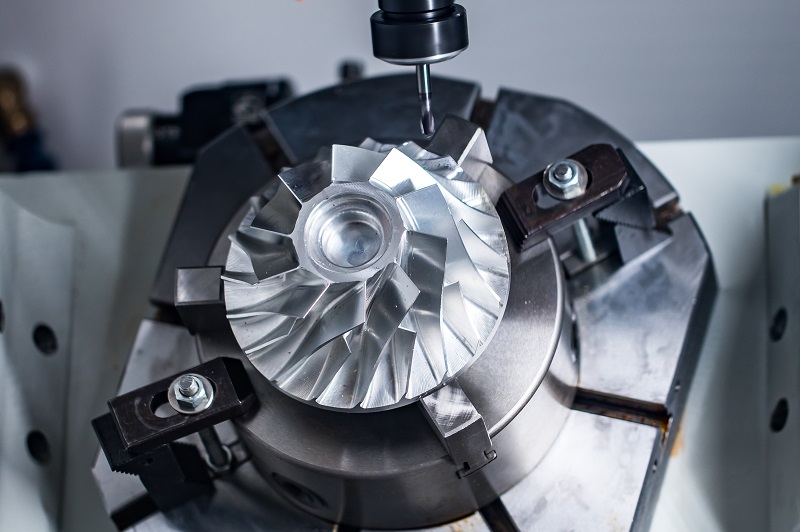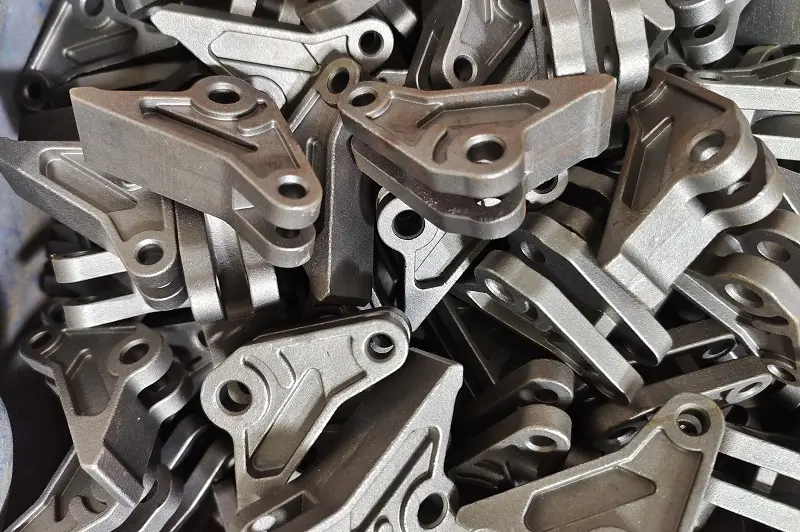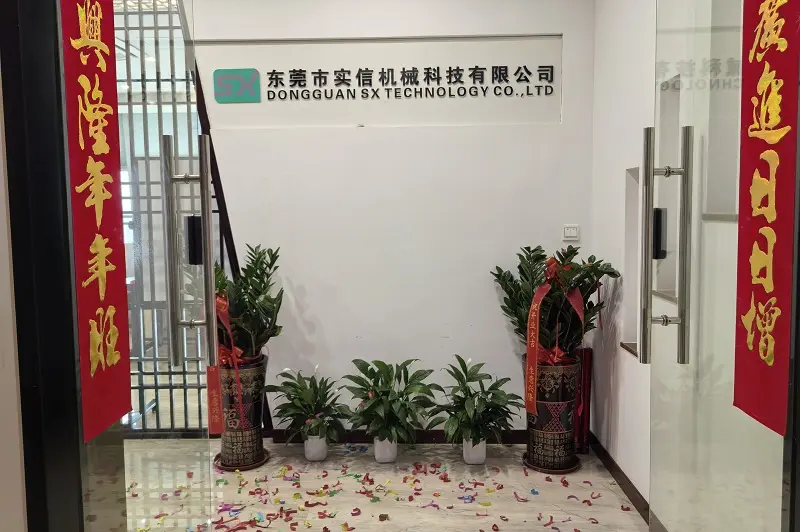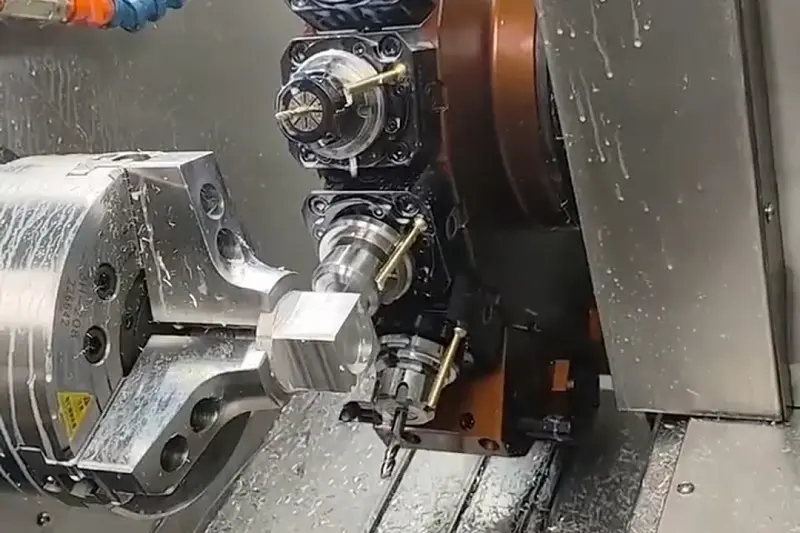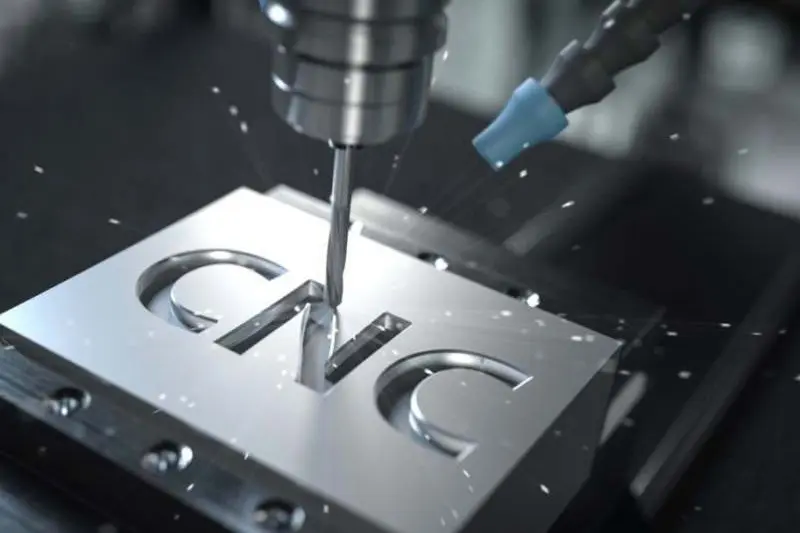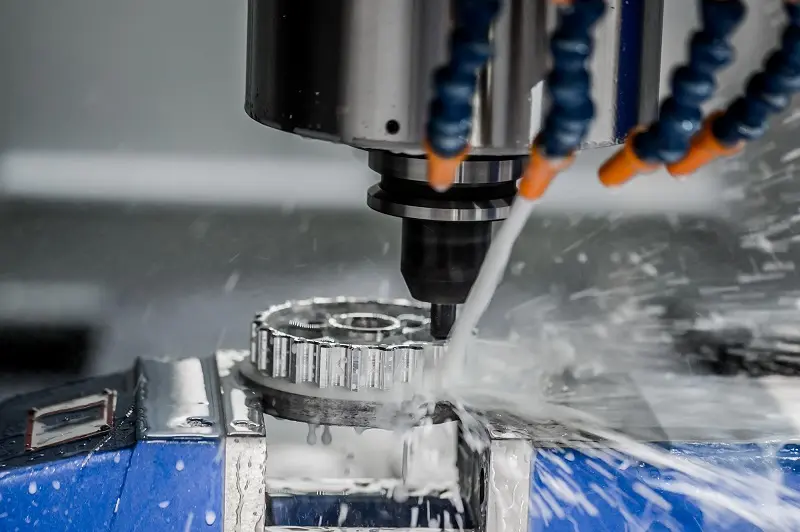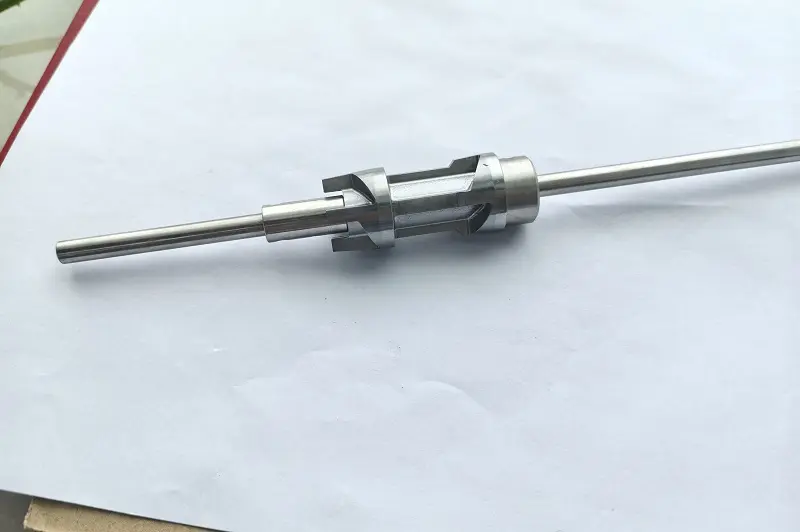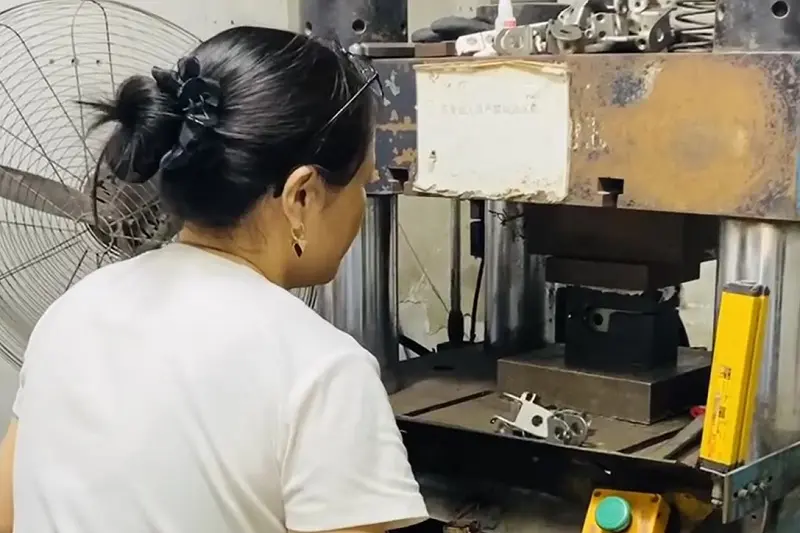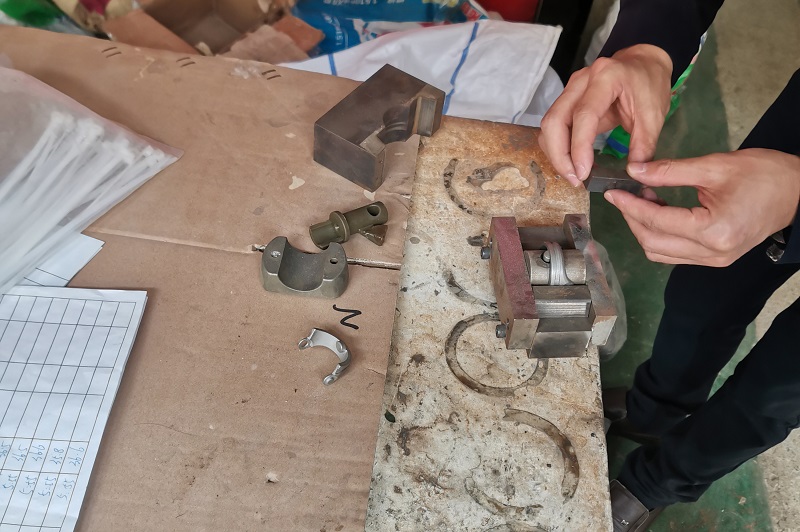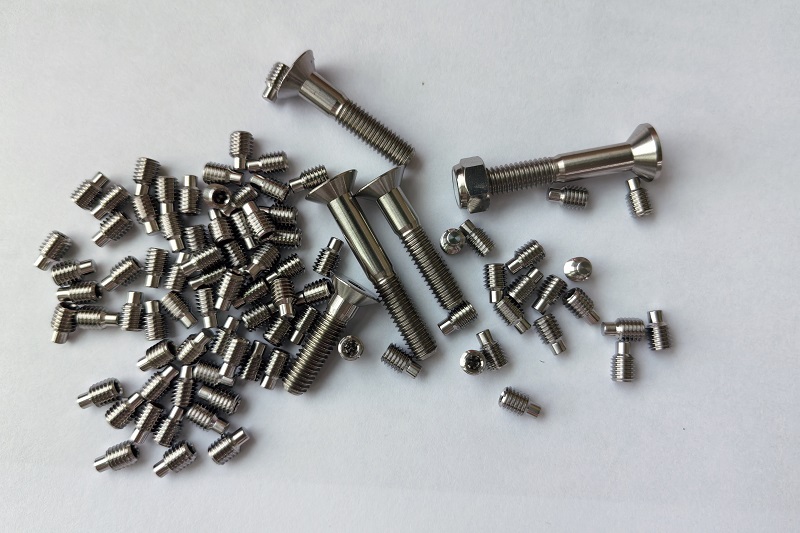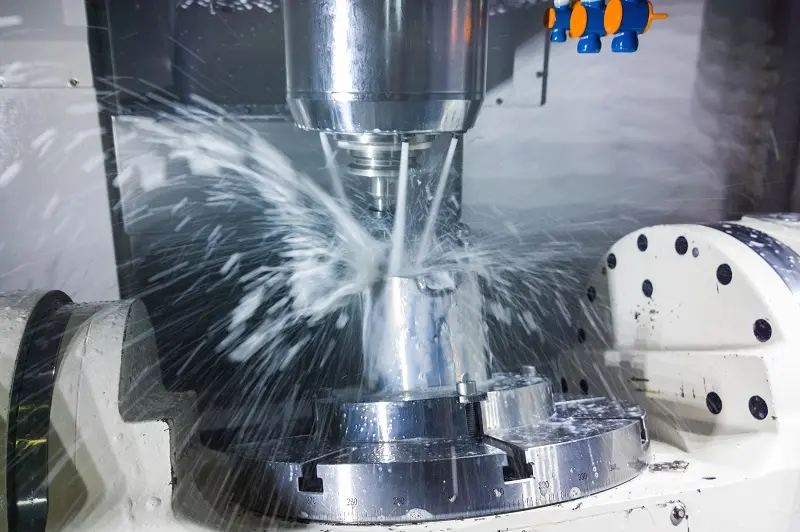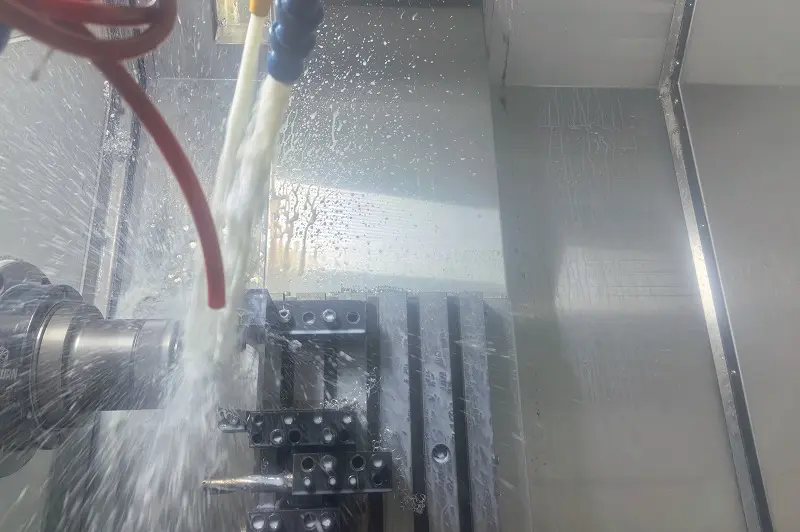 +86 180 0293 5268
+86 180 0293 5268
A Brief Discussion on the Respective Advantages of the Precision CNC Machining Industry in China and Southeast Asian Countries.
In recent years, China's CNC
precision machining industry has continued to grow, while manufacturing in
Southeast Asia has also developed rapidly. With some foreign companies
relocating production lines from China to Southeast Asian countries, can
Southeast Asia truly replace China as the "world's factory"? In
reality, this remains quite difficult. After decades of development, China's
CNC machining industry has established a complete industrial ecosystem, with
end-to-end production capabilities—from raw materials to high-end components.
This well-integrated supply chain allows China to respond swiftly to order
demands, an advantage that Southeast Asian countries cannot easily match in the
short term. Below, we analyze the differences between China and Southeast Asia
in custom CNC machining from several key perspectives:
-
1. Competitive Advantages of Southeast Asia Countries
l Labor Costs
Southeast Asian countries offer significantly lower labor costs compared to China (e.g., Vietnam, Thailand, the Philippines, Indonesia, etc.), leading to substantial savings in workforce expenses. This cost advantage makes Southeast Asia highly competitive in labor-intensive industries.
l Electricity Costs
Power tariffs in Southeast Asia Countries are generally much lower than in China (e.g., Vietnam). Since electricity is a major operational expense for manufacturers, lower energy costs help reduce overall production expenses.
l Land and Rental Costs
Industrial land and facility rental prices in Southeast Asia countries are considerably lower, with some countries even offering tax exemptions on land use. In contrast, China's rising real estate costs—especially in manufacturing hubs like Dongguan, where factory prices have surged—have significantly increased operational pressures for businesses.
l Trade Shifts & Policy Incentives
Due to external factors like the U.S.-China trade war, Southeast Asian nations (e.g., Vietnam) have benefited from shifts in global trade dynamics, attracting substantial foreign investment. Additionally, many Southeast Asian governments actively implement policies to incentivize foreign capital, further boosting their manufacturing competitiveness.
2. China's Competitive Advantages
l Technology & Equipment
After decades of rapid development, China’s CNC machining industry holds a clear technological edge over Southeast Asian countries (estimated at a 3-5 year gap). In the current global shift toward intelligent and precision manufacturing, CNC programming technology plays an indispensable role in driving industrial upgrades. At its core, CNC programming digitizes machining processes, enabling revolutionary improvements in geometric accuracy compared to traditional manual operations—an area where China has made significant breakthroughs in recent years.
In terms of equipment, China has achieved near-complete localization for mid-to-high and mid-to-low-end CNC machines, with only the most advanced equipment still requiring imports. This contrasts sharply with Southeast Asia, where most machinery relies heavily on foreign suppliers.
l Talent & Quality Control
China also excels in talent supply and quality management. The country boasts a vast pool of skilled industrial workers and R&D professionals, with a steady influx of STEM graduates each year, providing robust intellectual support for the CNC machining sector. Moreover, as China’s manufacturing sector advances, quality standards in precision machining have risen significantly.
In comparison, Southeast Asian nations face shortages in skilled labor and weaker quality control systems, limiting their role primarily to labor-intensive, low-value-added production. The gap remains substantial in high-precision, technology-driven manufacturing segments.
l Supply Chain & Responsiveness
China's CNC machining industry demonstrates distinct advantages in supply chain management, primarily reflected in its robust upstream and downstream networks—including raw material supply, heat treatment, surface finishing, and other auxiliary processes. Backed by a well-established manufacturing foundation, a comprehensive industrial ecosystem, and an efficient logistics system, China offers businesses rapid and reliable supply chain support. Additionally, Chinese enterprises are actively expanding into global markets to build resilient international supply chains, mitigating potential risks while enhancing market responsiveness.
In terms of market responsiveness, China's CNC machining sector excels at swiftly adapting to shifting demands, delivering customized solutions, and maintaining a competitive edge in the global arena. Chinese manufacturers can promptly adjust production strategies and product portfolios to provide flexible, high-efficiency tailored services. This agility in market adaptation has positioned Chinese firms as leaders in the international marketplace.
l Infrastructure & Policy Support
China's manufacturing sector benefits from unparalleled infrastructure, characterized by extensive coverage and operational efficiency. The country's world-class infrastructure—including its globally leading high-speed rail, highway networks, and multimodal transport systems (rail, road, aviation, and shipping)—provides a solid foundation for industrial growth.
On the policy front, the Chinese government offers consistent support through preferential policies and business-friendly reforms, fostering industrial upgrading and establishing China as a high-end manufacturing hub. By implementing targeted incentives and optimizing the business environment, China has created vast opportunities for manufacturing enterprises to thrive.
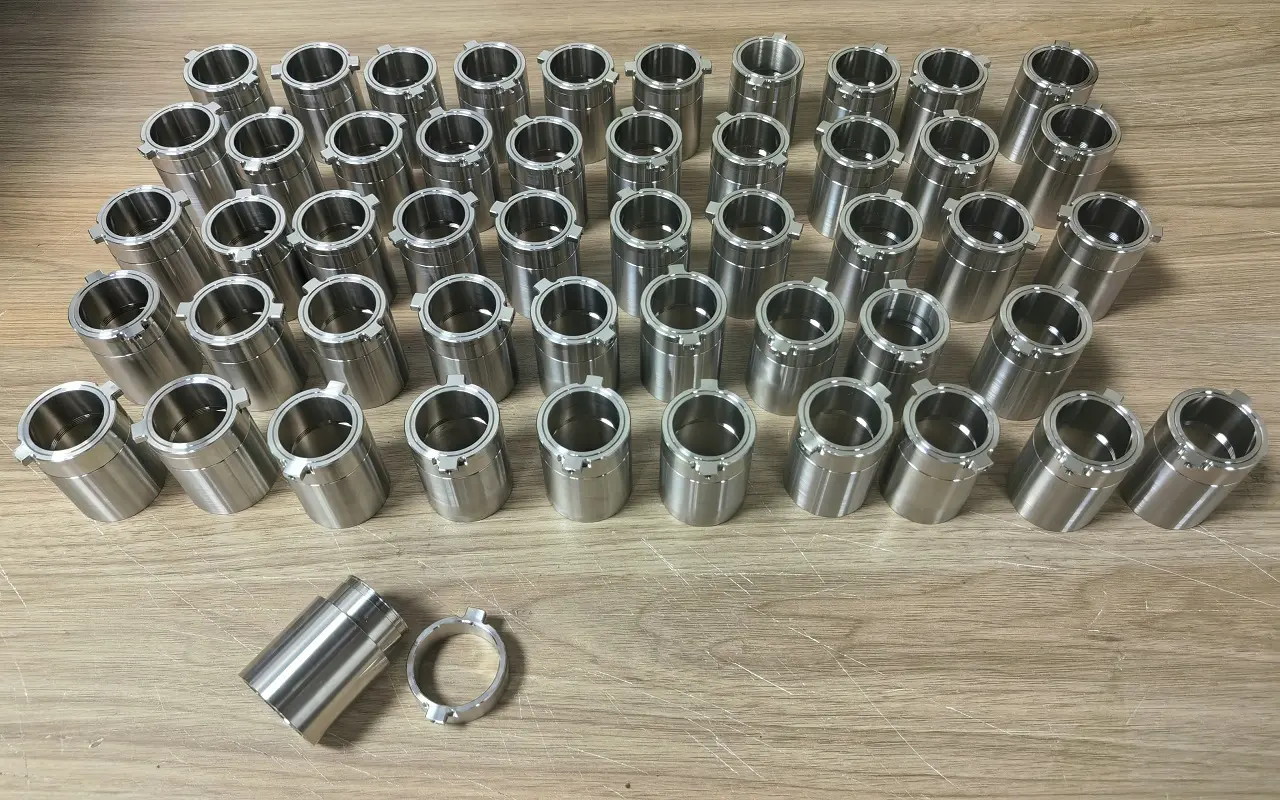
Based on the comprehensive analysis above, China's custom CNC machining services industry demonstrates significant advantages over Southeast Asian countries across multiple dimensions, including technology and equipment, talent and quality control, supply chain responsiveness, as well as infrastructure and policy support. These competitive strengths have collectively established China's leading position in the global CNC machining market and contributed to the nation's steady economic growth.
However, we should also recognize that Southeast Asian countries possess their own competitive advantages and play an indispensable role in the global industrial chain. With the continuous advancement of globalization, Southeast Asia may gradually improve in areas where China currently holds superiority. Therefore, the relationship between China's CNC machining industry and Southeast Asian nations should not be viewed as a zero-sum game. Instead, both parties should collaborate to jointly promote the prosperous development of the global CNC machining industry.









